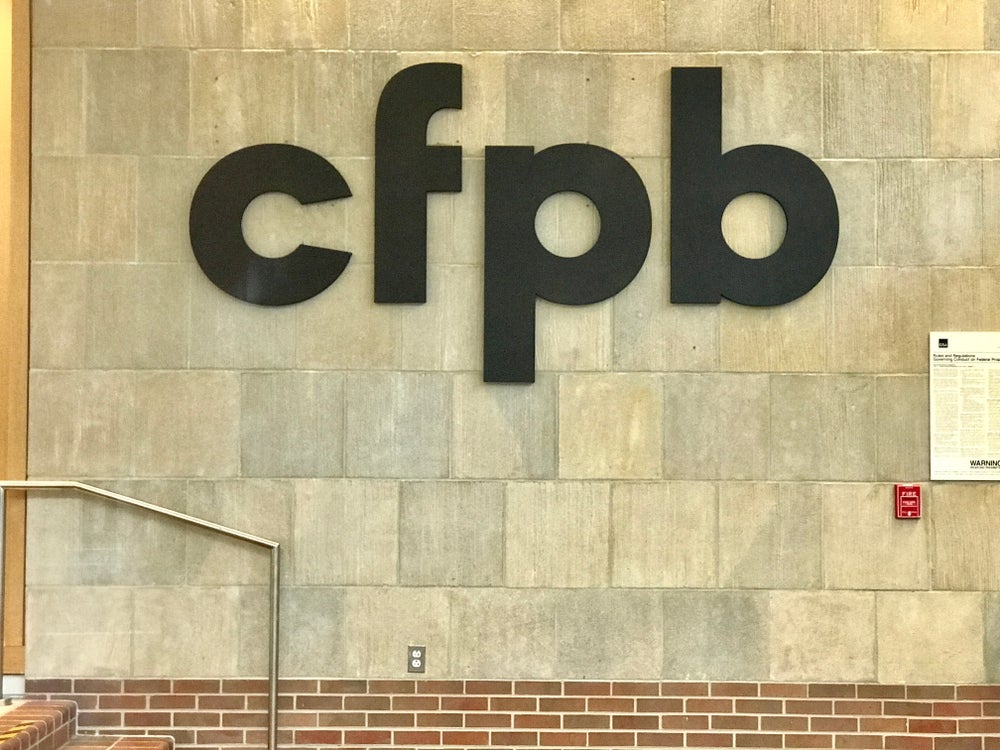The FDIC is trying to open up the
payday loans market in the US by encouraging mainstream banks and
credit unions to offer competitive repayments terms. Charles Davis talks to Steven Schlein
of the Community Financial Services Association of America, the
trade group for the payday lending industry.
An experimental programme by the US Federal Deposit Insurance
Corporation (FDIC) has payday lenders seeing red – and banks seeing
a potential revenue stream. Banks around the country have issued
more than 3,000 small loans as part of a pilot programme by the
FDIC exploring alternatives to payday lending.
Designed to produce less costly ways to
provide credit to those in need of short-term loans, the FDIC has
worked with 31 community banks across the US in a scheme aimed at
making short-term lending profitable enough to attract banks to the
market while keeping interest rates low enough to spare financially
strapped consumers from even greater pain.
Payday lenders contend that a payday loan is a
short-term loan – and argue that they are getting a leg up in the
market they serve in large part because banks are unwilling to
tackle the risks involved in short-term credit.
Most payday loans require borrowers to sign
over their next paycheck in return for a cash advance of a few
hundred dollars with an interest rate that can exceed 390
percent.
Measuring profitability
How well do you really know your competitors?
Access the most comprehensive Company Profiles on the market, powered by GlobalData. Save hours of research. Gain competitive edge.

Thank you!
Your download email will arrive shortly
Not ready to buy yet? Download a free sample
We are confident about the unique quality of our Company Profiles. However, we want you to make the most beneficial decision for your business, so we offer a free sample that you can download by submitting the below form
By GlobalDataSince January, the FDIC has tracked
lending programmes at the 31 small to mid-size banks throughout out
the US, measuring profitability and cost.
The loans, $2,500 or less, are issued
under FDIC guidelines that cap their interest rates at 36 percent.
In the first quarter of 2008, the banks issued 3,140 loans, 1,535
of which were for less than $1,000. The average term was 10 months
with a 15.05 annual percentage rate.
Payday lenders say that the FDIC hides costs
that make its lending programme almost as expensive as the payday
loans the retail banking industry decries. Steven Schlein of the
Community Financial Services Association of America, the trade
group for the payday lending industry, said the industry welcomes
competition, but feels that the FDIC is not coming clean about the
costs of the bank loans.

“We always welcome any competition, but we
don’t really think that banks can compete with us,” Schlein said.
“The FDIC is browbeating banks into offering alternative payday
loans, and what they have is 31 relatively small institutions
offering a handful of loans compared to our industry.”
Schlein noted that the banks typically offer
loans with a $60 fee and a $60 application fee for a loan up to
$700. “Our firms charge $15 to $16 on a $100 loan with no
application fee, or about $75 total for that same $700 loan with no
application fee,” he said.
“With all the fixed costs in banking, the FDIC
itself has said it costs $150 to process a loan application.”
The problem is that underwriting a $500 loan
costs about the same as a $5,000 or even a $50,000 loan, which
makes it prohibitively expensive.
Lending less than $5,000 can cause a retail
bank to lose money on administrative expenses, even if the loan is
repaid on time. The FDIC is working with the banks to figure out
ways to make sure the loans are profitable, including changing the
underwriting rules.
In addition to the FDIC’s pilot, a few of the
nation’s largest banks – including US Bancorp, Wells Fargo and
Fifth Third – have also begun marketing payday-type products, with
triple-digit interest rates, to their checking account
customers.
All three charge $10 per $100 borrowed, which
translates into a 120 percent annual interest rate if borrowers pay
off the loans in a month. Though that may seem steep, it is much
lower than storefront payday lenders that charge an average of $17
per $100 borrowed – a rate of about 200 percent.
$35 billion market
Banks are clearly targeting the $35
billion-a-year payday market – with its estimated $7.3 billion in
fees from borrowers, said Schlein.
Fees on the new big bank products are about
half of what is offered at traditional payday outlets. And the new
credit card reforms ushered in by Congress (see The global assault on banking fees
begins) are creating demand for
such loans, as major credit card issuers cut limits while hiking
rates and late-payment fees on riskier customers.
For now, representatives of the payday lending
industry are embracing their new bank rivals in the hope they will
help to popularise payday loans and make them appear less unsavoury
to millions of potential borrowers.
“We think it helps us politically by
legitimising the product and making it less controversial,” Schlein
said. “And we can do a far better job of lending in this
market.”
That hasn’t stopped the Consumer Federation of
America from accusing the banks of using their national bank
charters to avoid state usury laws. More than 30 states have usury
laws on their books capping rates on many consumer loans at 25 to
60 percent; in some cases, these laws were written in response to
complaints about payday lenders.
But usury laws only apply to state-chartered
lenders; and US Bancorp, Wells Fargo and Fifth Third all have
national charters.
The banks have gone to great lengths to drop
the term “payday” as they market them. And they emphasise their
differences with payday lenders. There are built-in cooling-off
periods for borrowers who use the loans repeatedly.
And customers can not extend or “roll over”
the loans because the amount owed is automatically repaid with the
next direct deposit.
Still, the loans look eerily similar to the
payday loans that mainstream banks have long denounced as abusive
lending, and that is some consolation to Schlein. “A lot of the
people who were dead-set against this industry will discover that
our rates were aligned to the risk we face,” he said.






